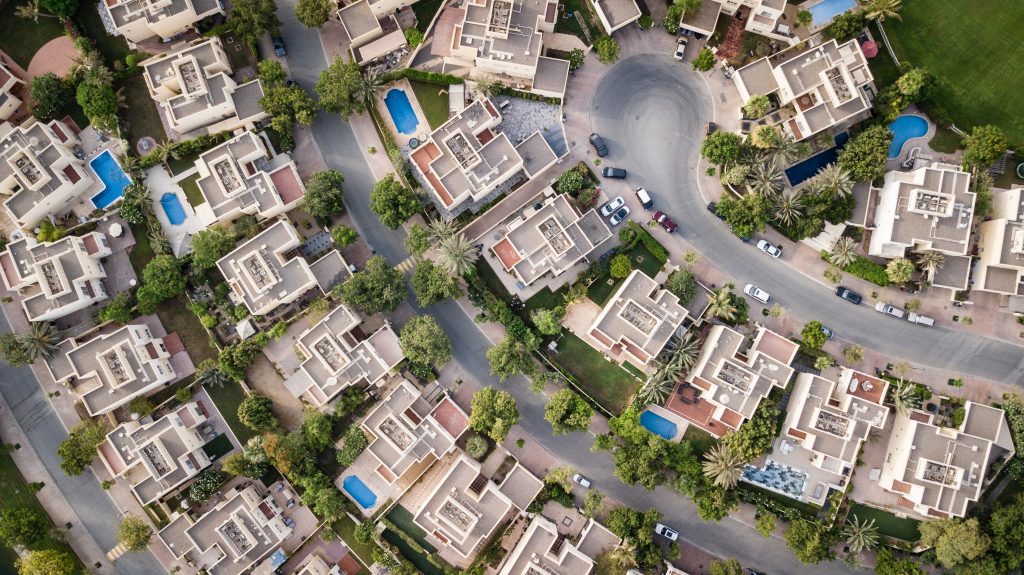
Proper cleaning of strata buildings is all-important to presentation and in turn, value (you don’t show a dirty house when you have it on the market, and buildings/communities invariably always have property on the market for sale/rent) – poorly maintained common areas that you can see, can well mean poorly maintained areas you can’t see (roofs, plant/equipment, etc).
Whilst having an all-important role to play in the value of a building, cleaning is also one of the lowliest paid professions and it can be hard to tie those performing the duties (who are often transient, casual workers) to the outcomes of the building and the organisation they work for.
Furthermore, many cleaning companies practice wage theft (which there have been recently publicised crackdowns on). I have heard of some cleaners being paid as little as $15 an hour (close to half the minimum wage). There is a common practice of sub-contracting in the cleaning industry where in some cases the cleaning contract is sub-contracted multiple times over and whilst a cleaner might cost $50 per hour they are seeing less than $20 of this. This practice is abhorrent and must cease.
Strata and Community schemes which don’t make relevant inquiries to ensure the cleaning companies they use are paying award wages are complicit in the above practices.
We use a handful of cleaning companies in Newcastle and the wider Hunter region to clean the schemes we manage and we are happy to recommend them as we know as they:
- pay at least minimum wage;
- supervise, encourage and properly train their staff;
- ensure their staff wear uniforms (so residents have some assurance that someone new onsite works for the cleaning company they employ);
- use commercial-grade cleaning products;
- respond quickly to issues raised by building managers, ourselves and the committee; and
- offer a range of additional cleaning services, such as pressure washing and window cleaning.
I spoke with David Kent of Skyline Contracting to get an understanding of what goes into an hourly cleaning cost and he gave me the following information:
“We charge $55 an hour and a breakup is below:
• $26.03/hour for a Casual Cleaning Employee (Casual is very common in this industry);
• Super is $2.47 per hour;
• Cleaning Long Service Leave (Special Government program to ensure cleaners get LSL because the trend is cleaners change companies regularly and never have the opportunity to earn LSL) is mandatory and needs to be put away at 1.7% of all ordinary earnings ($0.44 per hour);
• Workers Compensation Insurance & Public Liability Costs (difficult to calculate per hour but we pay $15-16K per year.);
• As part of this price we cover all chemical costs required to perform all our normal duties. Depending on the chemicals required for the job sometimes we could consume one $10 bottle of chemicals across a month. Or we could use a $60 bottle of chemical across 2 shifts;
• In our pricing, we supply all the necessary equipment to complete the job. We also spend money on a regular basis to retag equipment, clean filters, replace certain parts and service our petrol-powered equipment to ensure our equipment is reliable, safe to use and won’t let us down while providing a service to our clients;
• This applies to our fleet of vehicles, we need to ensure safety by maintaining our vehicles and making sure we can arrive at jobs promptly. The above price covers all our travel expenses;
• Under our employment is our Cleaning Manager. They are responsible for ensuring our team of cleaners are always trying to do the best job they can and always trying to improve. They are responsible for Never-Ending Education & Training, Maintaining Team Morale, Speaking with our Customers, Empowering our Staff as well as looking for ways to grow our team.
• We pay for some awesome software to efficiently track our clients needs, our workloads and make it easier for the team to provide awesome service – $310.00/month;
• Premises to run our team from for office staff, storage of chemicals/consumables and to safely store our equipment/vehicles/trailers. A conveniently located workshop where we can all meet at the start of the day, liaise with each other, pack any extra equipment/chemicals we need for the day and somewhere to maintain our equipment.
• Marketing….
• We want to have enough left in our budget that if we need to stay a little longer to leave the place looking fabulous we don’t need to rush off and we can ensure our clients will be happy after every visit.
• Then, of course, leave some money to remain profitable“
Until we have robots cleaning the buildings we manage, we will continue to seek out the best in the cleaning business – ethical companies that treat their staff fairly and apply the same level of client care that we do.
I separately spoke with Kaleb Paten at Pacific Maintenance Group about their approach to the cleaning business:
“As innovation and technology become more common and essential in all aspects of building management it’s imperative that buildings select a company that is focussed on providing the highest standards of cleaning.
Buildings often have daily cleaning requirements (or require attendance multiple times per week) and as such, the cleaners are the eyes and ears on the ground to relay important information back to the strata/building manager and the committee so that any issues may be attended to promptly (this isn’t just left to residents).
It is the ongoing theme that ‘cleaning will be automated by bots’ and yes, some areas of cleaning will be completely outsourced to robotic technologies. We saw this technology at the 2019 ISSA cleaning expo in Melbourne and this seems the best solution for open space cleaning (e.g. shopping centres).
We believe that the cleaning of strata buildings and community schemes will largely continue to be undertaken by humans who can clean to the highest level and effectively communicate outcomes to their business and the community.
In a business where there are so many moving components, changes to scope are frequent and it pays to have a well-spoken, well-trained professional onsite who will be able to perceive and help generate the best outcomes for the community.
For this Industry to further grow and make progress, there needs to be a transparent and humane approach to improvement.
Companies undercutting other competitors and making a profit ONLY by bringing in illegal labour will be the first exposed, it’s approaching 2020 and modern slavery is unacceptable, these companies will be the first to go as the consumer market seeks transparency and exposes malpractice.
As consumers, it’s key that we understand who will be the persons undertaking the work we are asking the cleaning company to perform and the conditions under which they work.
Progress comes from collaboration, let’s get rid of the companies who exploit people, let’s have open communication with clients and suppliers and let’s be open with pricing and educate on why costs are what they are.”
It was great to get collaboration from both David and Kaleb on this blog, which is an effort to help educate our clients and the wider market to understand the potential differences between what they are paying for and what they are receiving.


